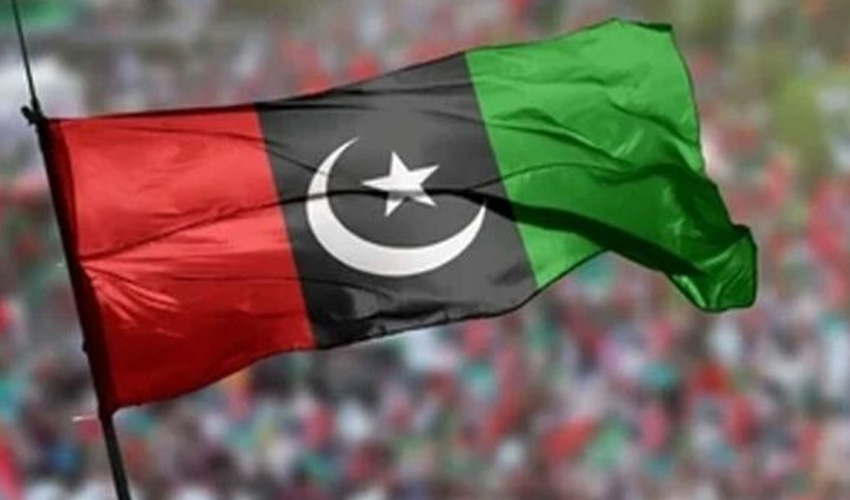A BBC investigation has revealed that around half a million weapons seized by the Taliban after their 2021 takeover of Afghanistan are now missing -- either lost, sold, or smuggled to militant groups.
The report, based on anonymous sources and United Nations insights, warns that these weapons are likely in the hands of Al-Qaeda-linked factions.
When the Taliban regained control of Afghanistan in August 2021, they captured nearly one million weapons and military assets, most of which were originally supplied and funded by the United States. As Afghan forces collapsed, soldiers either surrendered or fled, leaving behind large quantities of firearms, vehicles, and military gear. Some of this equipment was also abandoned by departing US troops.
The weapons cache included M4 and M16 rifles, along with older models left behind over decades of war. Sources told the BBC that during a closed-door UN Security Council sanctions meeting in Doha in late 2023, the Taliban admitted that at least 50% of the seized equipment is now unaccounted for. Independent verification reportedly confirmed this claim.
A UN report in February 2024 noted that various militant groups, such as Tehreek-e-Taliban Pakistan (TTP), the Islamic Movement of Uzbekistan (IMU), East Turkestan Islamic Movement (ETIM), and Yemen’s Ansarullah, are either receiving or purchasing these weapons via the black market.
Despite these findings, Taliban deputy spokesperson Hamdullah Fitrat rejected allegations of mismanagement, stating, "All light and heavy weapons are securely stored. We strongly reject claims of smuggling or loss."
However, a 2023 UN report contradicts this, revealing that Taliban local commanders were permitted to keep 20% of captured weapons. These commanders reportedly maintain regional autonomy and often gift or trade arms to consolidate power. It noted that "gifting of weapons is widely practiced between local commanders and fighters to consolidate power. The black market remains a rich source of weaponry for the Taliban".
A former journalist in Kandahar told the BBC that the weapons trade reportedly continues underground via encrypted apps like WhatsApp, where wealthy buyers and Taliban affiliates purchase US-origin equipment.
According to the US Special Inspector General for Afghanistan Reconstruction (SIGAR), accurate tracking of this weaponry has always been a challenge due to inconsistent record-keeping and fragmented oversight across various US departments.
Sigar added that there had been "shortfalls and issues with DoD's [Department of Defense] processes for tracking equipment in Afghanistan" for more than a decade. It also criticised the State Department, adding: "State provided us limited, inaccurate, and untimely information about the equipment and funds it left behind." The department denied this was the case.
US President Donald Trump has been vocal about retrieving the weapons, claiming that $85 billion worth of military hardware was left behind — though that figure includes funding for training and salaries, not just equipment. Afghanistan, notably, does not appear in global lists of major arms exporters.
"Afghanistan is one of the biggest sellers of military equipment in the world, you know why? They're selling the equipment that we left," Trump said during the first meeting with his new administration. "I want to look into this. If we need to pay them, that's fine, but we want our military equipment back."
Responding to Trump’s statements, Taliban spokesperson Zabihullah Mujahid declared on Afghan TV that the weapons would be used to defend the country. "We seized these weapons from the previous administration and will use them to defend the country and counter any threats."
The Taliban frequently showcases US weapons, especially at former NATO bases like Bagram, as symbols of triumph.
While some advanced gear like Black Hawk helicopters remains largely non-functional due to a lack of technical expertise, the Taliban has effectively used vehicles like Humvees and small arms to strengthen its military. Hundreds of vehicles and aircraft are reportedly sitting idle in warehouses in Kandahar.
John Sopko, former head of SIGAR, believes efforts to reclaim the weapons would be futile. Speaking at a recent forum, he said any retrieval attempt would cost more than the equipment's current worth.
As global concern grows over the flow of weapons in the region, experts warn that militant groups accessing U.S.-supplied arms could pose long-term security risks across South and Central Asia.



























